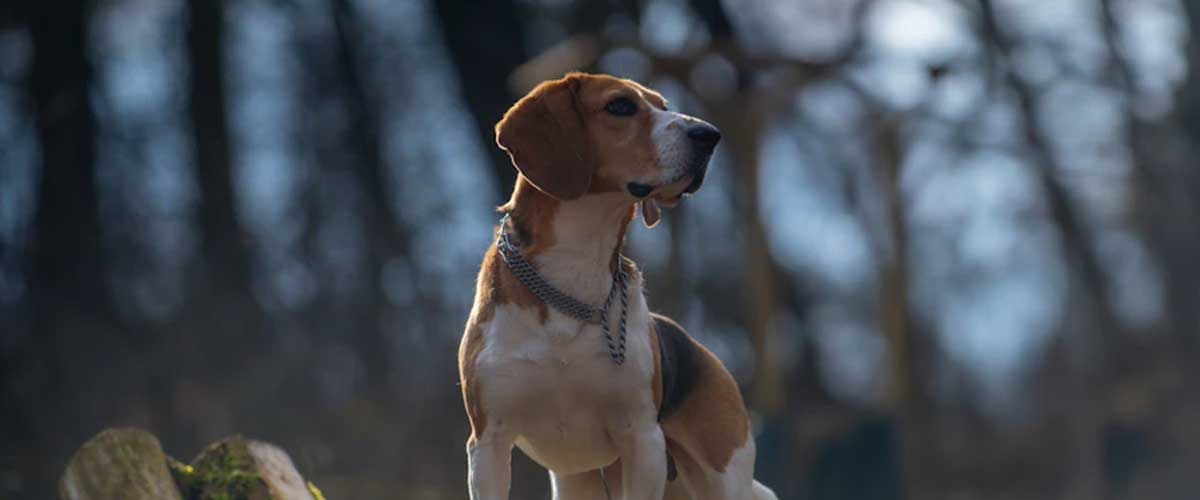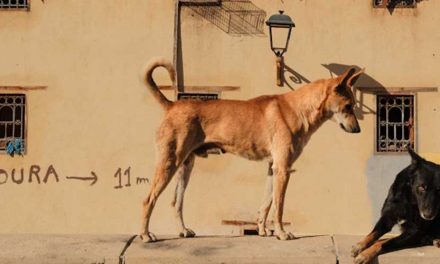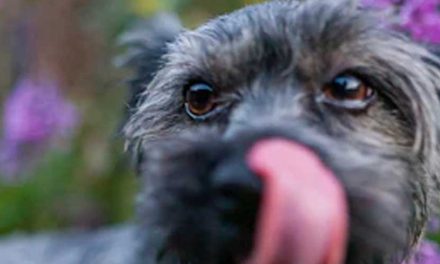Dogs have shared a timeless bond with humans, evolving from wild creatures into our most loyal companions.
Their roles have varied throughout history, but one of the most significant and enduring functions has been as hunting partners.
This relationship has dramatically shaped both canine breeds and human hunting practices over thousands of years.
Domestication of Canine
The domestication of dogs is believed to have begun over 20,000 years ago, when early humans began forging connections with wolves.
These wolves, drawn by the promise of food, were likely the first steps toward what would eventually transform into the domestic dog.
As humans settled and developed hunting tactics, certain traits in wolves were selected for, leading to the emergence of early dog breeds.
These early hunting dogs were praised for their ability to assist humans in tracking, chasing, and retrieving game.
Social and Cultural Dog Companions
In ancient civilizations, hunting with dogs became an integral part of social and cultural life.
In Egypt, for example, dogs were not only companions but also respected hunters, often depicted in art alongside their human partners.
The Pharaohs relied on them for hunting birds and larger game, and certain breeds, like the Saluki, were favored for their speed and agility.
European Dogs
Across Europe, hunting with dogs gained popularity during the Middle Ages.
The nobility commonly used breeds like the Bloodhound and the Greyhound, prized for their tracking and speed.
Bloodhounds, known for their incredible sense of smell, were extraordinary at tracking scents, making them valuable for both hunting and locating lost individuals.
The Greyhound, on the other hand, was revered for its speed during the chase, proving invaluable in the pursuit of game.
Hunting Dogs
Hunting practices varied widely among cultures, leading to the development of different breeds tailored for specific tasks.
The Arctic regions, for instance, resulted in the breeding of powerful sled dogs like the Siberian Husky, which not only assisted in hunting but also in transportation across harsh landscapes.
In contrast, terriers were bred for their tenacity and ability to hunt vermin, becoming essential partners in pest control.
Evolution of the Dogs Role in the Hunt
As time progressed, the function of hunting dogs continued to evolve.
The advent of firearms in the 16th century transformed hunting practices dramatically.
Human hunters no longer needed to rely entirely on dogs for tracking or chasing game; instead, breeds began to adapt to different roles.
Retrievers became fundamental, specializing in fetching game that had been shot down.
The Labrador Retriever, for instance, was developed in the 19th century specifically for retrieving shot waterfowl due to its excellent swimming abilities and friendly temperament.
Tasks for the Hunting Dog
Additionally, specialized breeds emerged for various types of hunting, leading to a classification of dogs into groups such as pointing, flushing, and retrieving breeds.
Pointing breeds, like the Pointer and the Setter, were trained to locate game birds by “pointing” them out for hunters, while flushing breeds, such as the Cocker Spaniel, were adept at scaring birds into the air for the hunter to shoot.
Bond Between Dog and Man
The bond between humans and dogs in hunting has also fostered profound mutual respect and teamwork.
Extensive training is often required for hunting dogs to hone their skills, strengthening the relationship between the dog and its handler.
This partnership is built on trust, where dogs not only rely on their keen instincts but also respond to their human’s commands, showcasing an incredible level of cooperation.
Tradition
In modern times, while hunting remains a cherished tradition for many, the role of dogs has expanded beyond fieldwork to companionship and service.
However, the history of dogs as hunting companions remains a crucial part of their identity.
Breeds continue to be used in hunting across the globe, representing a unique blend of ancient instincts and contemporary companionship.
Dog Behaviour and Companionship
As we look back on thousands of years of history, it’s clear that the bond between humans and dogs—especially in the context of hunting—has resiliently endured.
These loyal creatures have not only enhanced our hunting experiences but have also woven themselves into the fabric of our lives, displaying an unwavering loyalty that remains unmatched.
Whether retrieving a bird, tracking a scent, or simply providing companionship, the legacy of dogs as hunting companions is a testament to their remarkable evolution alongside us.










